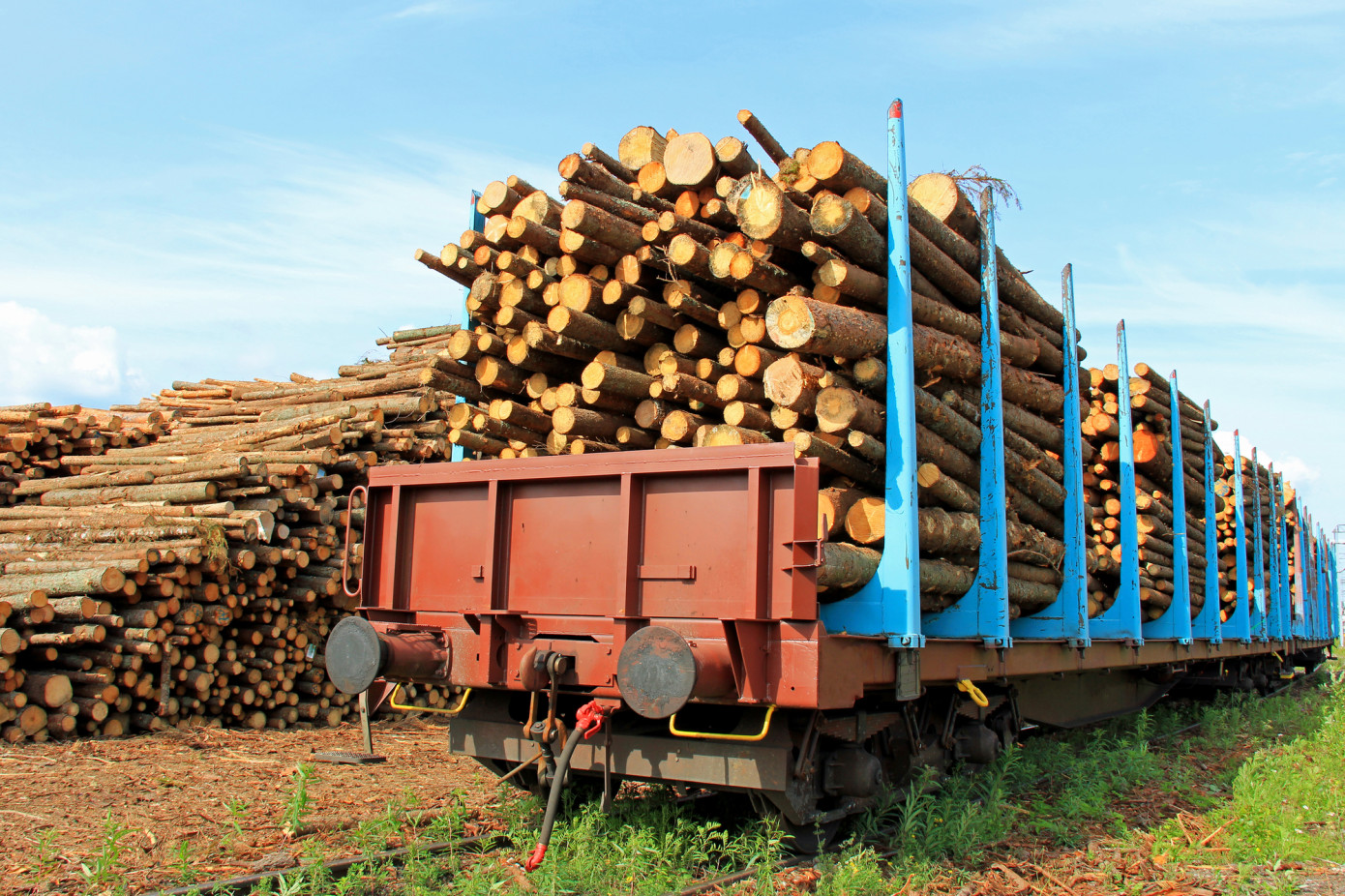Finland's industrial roundwood harvesting increases 1% during the first four months of 2023 to 23.1 million m3, according to Luke (Natural Resources Institute Finland).
The substantial volume of industrial roundwood harvested in Finland highlights the nation's continued reliance on its abundant forest resources to meet the demands of various industries. This steady growth in roundwood harvesting signifies the resilience and sustainable management practices employed within the Finnish forestry sector. Of the total industrial roundwood harvested, sawlogs accounted for 1.8 million m3, while pulpwood comprised 2.8 million m3.
While the overall industrial roundwood removals demonstrated positive momentum, there were variations in the specific assortments and subcategories. Pine logs exhibited an impressive 6% increase compared to the previous year, amounting to 4.3 million cubic meters. Spruce logs, however, experienced a decline of 7% compared to the previous year, settling at 4.7 million m3. Hardwood logs also faced a decrease of 7%, totaling 416 thousand m3.
In the pulpwood segment, the total volume harvested reached 13.6 million m3, representing a 4% increase compared to the previous year. Pine pulpwood showcased a noteworthy growth of 9%, totaling 5.9 million m3. Spruce pulpwood, on the other hand, experienced a modest 4% increase, reaching 4.0 million m3. Unfortunately, hardwood pulpwood faced a decline of 5%, amounting to 3.7 million m3.
The felling volume in forest industry companies' forests and state-owned forests displayed a remarkable 25% surge from the previous year, totaling 0.9 million m3. This increase highlights the concerted efforts made by stakeholders to optimize domestic timber resources and meet the growing demands of the market.
Additionally, energywood removals accounted for 371 thousand m3, with delimbed stems and whole-trees comprising 78% of the volume. Although energywood removals experienced an 8% decrease compared to the previous year, they saw a significant 28% increase when compared to the five-year average. This indicates a notable shift toward utilizing wood for energy production and emphasizes Finland's commitment to sustainable biomass resources.
